Home>Storage & Organization>Kitchen Organizing Tools>How To Get My Cat To Use A Litter Box
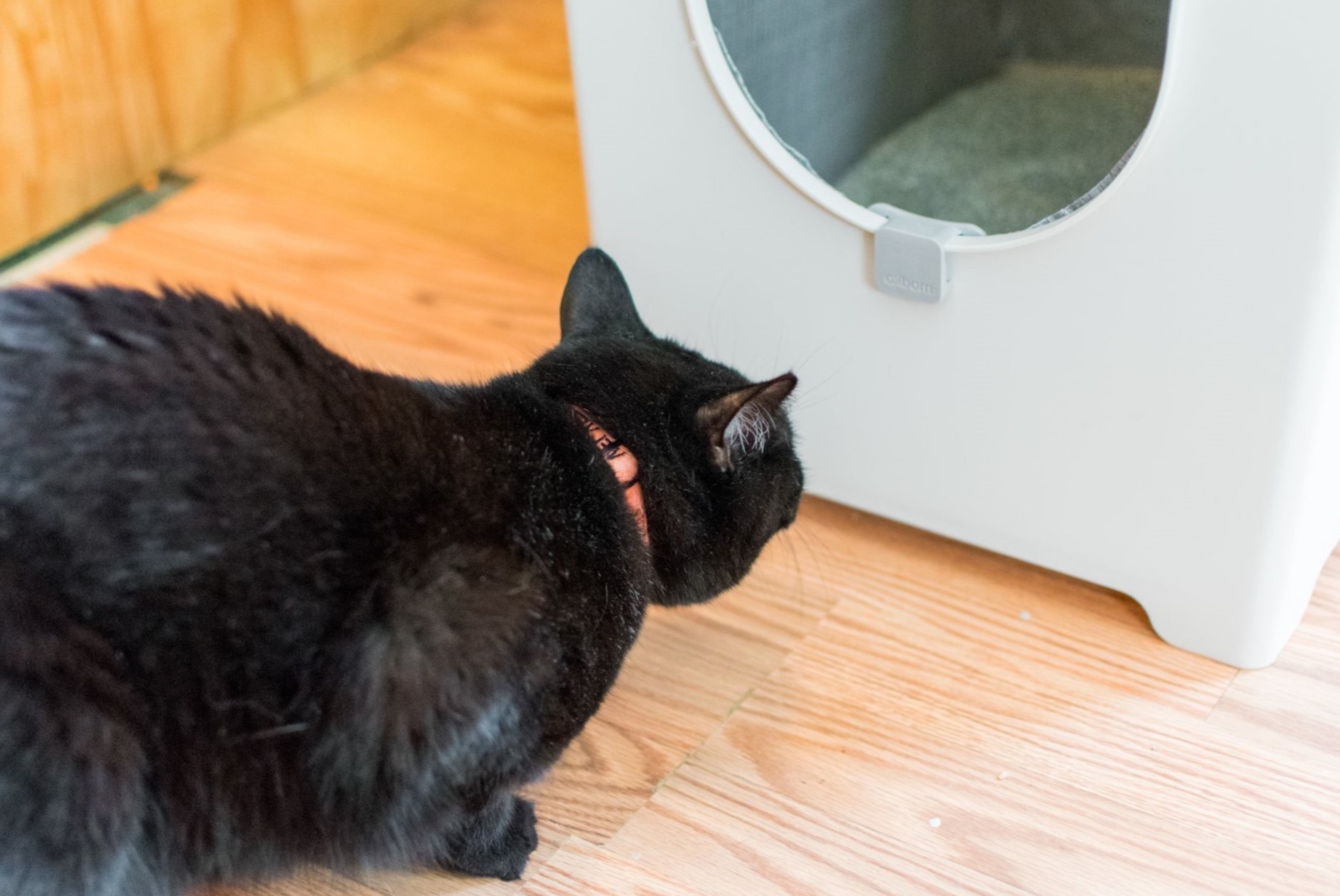

Kitchen Organizing Tools
How To Get My Cat To Use A Litter Box
Modified: March 2, 2024
Discover the best kitchen organizing tools to help you create a clutter-free space. Find practical solutions for a tidy and efficient kitchen.
(Many of the links in this article redirect to a specific reviewed product. Your purchase of these products through affiliate links helps to generate commission for Storables.com, at no extra cost. Learn more)
Introduction
Introducing a new litter box to your cat can be a challenging and sometimes frustrating experience. However, with the right approach and understanding of your feline friend's behavior, you can successfully train your cat to use the litter box consistently. This comprehensive guide will provide you with valuable insights and practical tips to make the litter box transition a smooth and successful process for both you and your cat.
Understanding your cat's natural instincts and preferences is crucial when it comes to litter box training. Cats are inherently clean animals and have a strong instinct to bury their waste. By recognizing and respecting these natural behaviors, you can create an environment that encourages your cat to use the litter box consistently.
Choosing the right litter box and litter is equally important. Cats have individual preferences when it comes to the type of litter and the size and style of the litter box. By selecting the appropriate litter box and litter that align with your cat's preferences, you can significantly increase the likelihood of successful litter box training.
In addition to selecting the right equipment, the placement of the litter box within your home plays a critical role in your cat's acceptance of the new setup. Understanding the ideal location for the litter box and making necessary adjustments to accommodate your cat's needs will contribute to a positive litter box experience for both you and your feline companion.
Furthermore, the process of training your cat to use the litter box requires patience, consistency, and positive reinforcement. By implementing effective training techniques and understanding your cat's responses, you can guide your cat toward adopting the desired behavior of using the litter box.
Finally, maintaining the cleanliness of the litter box is essential for ensuring your cat's continued use of the designated area for elimination. Regular maintenance and proper cleaning practices will contribute to a hygienic and inviting environment for your cat, promoting consistent litter box usage.
By delving into the intricacies of each aspect of litter box training, this guide will equip you with the knowledge and strategies needed to successfully transition your cat to using the litter box, fostering a harmonious and hygienic living environment for both you and your beloved feline companion.
Key Takeaways:
- Understanding your cat’s behavior is crucial for successful litter box training. Respect their instincts, provide privacy, and observe their preferences to create a comfortable environment for consistent use.
- Choosing the right litter box and litter, strategic placement, and consistent maintenance are key to successful litter box training. Respect your cat’s needs and behaviors for a harmonious coexistence.
Understanding Your Cat's Behavior
Understanding your cat's behavior is fundamental to successfully training them to use a litter box. Cats are known for their fastidious nature and strong instincts, which greatly influence their behavior. By gaining insight into your cat's natural inclinations, you can create an environment that aligns with their preferences, making the litter box training process more effective and less stressful for both you and your feline companion.
Cats are inherently clean animals, and they have a strong instinct to bury their waste. This behavior is deeply rooted in their survival instincts, as it helps them avoid detection by potential predators in the wild. By recognizing and respecting this natural behavior, you can provide your cat with a litter box that simulates the act of burying their waste, thereby appealing to their innate instincts.
Furthermore, cats are creatures of habit and are sensitive to changes in their environment. Introducing a new litter box or altering their existing setup can be met with resistance if not approached thoughtfully. Understanding your cat's response to change and providing gradual transitions can help alleviate any stress or anxiety associated with the introduction of a new litter box.
Additionally, each cat has unique preferences when it comes to the type of litter and the style of the litter box. Some cats may prefer open litter boxes, while others may feel more secure in covered or enclosed options. Similarly, the texture and scent of the litter can significantly impact a cat's willingness to use the litter box. By observing your cat's behavior and receptiveness to different litter box setups, you can tailor the environment to suit their individual preferences.
By acknowledging and respecting your cat's natural behaviors and preferences, you can create a litter box environment that is conducive to successful training. This understanding forms the foundation for a positive and effective approach to litter box training, setting the stage for a harmonious coexistence between you and your feline friend.
Choosing the Right Litter Box
Selecting the right litter box is a crucial step in ensuring the success of your cat's litter box training. With a wide array of options available, it's essential to consider your cat's preferences and behavioral tendencies when choosing the most suitable litter box.
When it comes to size, the litter box should be spacious enough to accommodate your cat comfortably. Cats generally prefer a litter box that allows them to move around freely and assume their natural digging and burying behaviors without feeling confined. A larger litter box also helps prevent litter from being kicked out during these activities, keeping the surrounding area cleaner.
The style of the litter box is another important consideration. Some cats may prefer open litter boxes as they provide a clear view of their surroundings, offering a sense of security while eliminating. On the other hand, covered or enclosed litter boxes can provide privacy and reduce litter scatter, appealing to cats that prefer a more secluded environment for their bathroom activities. Observing your cat's behavior and reactions to different styles can guide you in selecting the most suitable option.
The depth of the litter box is also significant. Cats typically prefer a litter depth of around 2 inches, allowing them to bury their waste effectively. Ensuring that the litter box is filled to an appropriate depth promotes your cat's natural instincts and encourages consistent litter box usage.
Additionally, consider the material and ease of cleaning when choosing a litter box. Opt for a durable, non-absorbent material that is easy to clean and maintain. Smooth surfaces are preferable, as they discourage litter from sticking and facilitate hassle-free cleaning, contributing to a hygienic environment for your cat.
Furthermore, if you have multiple cats, it's essential to provide an adequate number of litter boxes to prevent territorial issues and promote individual preferences. Each cat should have access to their own litter box, ideally placed in separate, easily accessible locations.
By carefully considering your cat's size, preferences, and the number of feline companions, you can select a litter box that aligns with their needs and behaviors, laying a solid foundation for successful litter box training. Choosing the right litter box sets the stage for a positive and comfortable environment, enhancing the likelihood of your cat embracing the new setup with enthusiasm and consistency.
Choosing the Right Litter
Selecting the appropriate litter is a critical aspect of creating an inviting and functional environment for your cat's litter box. Cats have distinct preferences when it comes to the texture, scent, and absorbency of litter, making it essential to choose a litter that aligns with their natural inclinations.
Clumping clay litter is a popular choice due to its excellent absorbency and the convenience it offers for waste removal. This type of litter forms solid clumps when in contact with moisture, making it easy to scoop out soiled areas while leaving the rest of the litter clean and dry. Its ability to control odors also makes it a favorable option for many cat owners.
Silica gel litter, composed of absorbent silica crystals, is known for its exceptional odor control and moisture absorption. The crystals effectively trap odors and moisture, keeping the litter box fresh for an extended period. Additionally, silica gel litter tends to produce minimal dust, making it a suitable choice for cats with respiratory sensitivities.
Biodegradable litters, such as those made from recycled paper, wood, or plant-based materials, offer an eco-friendly alternative with varying textures and absorbency levels. These litters are often free from artificial fragrances and harsh chemicals, making them a safer option for cats and environmentally conscious pet owners.
Scented and unscented litters are available to cater to individual preferences. While scented litters aim to mask odors with pleasant fragrances, some cats may be sensitive to strong scents, leading to aversion or reluctance to use the litter box. Unscented litters provide a neutral environment, allowing cats to feel more comfortable and at ease during elimination.
Texture is another crucial factor to consider when choosing litter. Cats may have preferences for finer or coarser textures, and observing your cat's response to different litter textures can guide you in selecting the most suitable option. Some cats may favor softer, finer litter, while others may prefer coarser textures that mimic natural outdoor substrates.
By understanding your cat's preferences and sensitivities, you can select a litter that promotes their comfort and encourages consistent litter box usage. Experimenting with different litter types and observing your cat's reactions will help you identify the most suitable litter that meets their individual needs, contributing to a positive and successful litter box training experience.
Place the litter box in a quiet, accessible location and keep it clean. Use unscented litter and avoid placing food and water near the box. Gradually transition your cat to the box by placing them in it after meals.
Placing the Litter Box in the Right Location
The placement of the litter box within your home significantly influences your cat's acceptance and consistent use of the designated elimination area. Choosing the right location for the litter box involves considering your cat's preferences, household dynamics, and the overall environment to create an inviting and accessible space for your feline companion.
First and foremost, it's essential to provide easy access to the litter box while ensuring privacy and security for your cat. Select a quiet and low-traffic area that allows your cat to eliminate without feeling vulnerable or disturbed. Cats appreciate a sense of seclusion during their bathroom activities, so placing the litter box in a peaceful corner or a less frequented room can promote a comfortable and stress-free environment for your cat.
Additionally, consider the number of litter boxes in multi-cat households. If you have multiple cats, it's crucial to provide an adequate number of litter boxes distributed throughout the living space. Each cat should have access to their own litter box to prevent territorial conflicts and accommodate individual preferences. Placing the litter boxes in separate, easily accessible locations can help minimize competition and promote a harmonious litter box experience for all feline occupants.
Furthermore, avoid placing the litter box near your cat's feeding area. Cats have a natural aversion to eliminating in close proximity to where they eat, and locating the litter box away from their food and water bowls respects this instinctual preference. Separating the feeding and elimination areas contributes to a hygienic and comfortable environment, aligning with your cat's natural behaviors and promoting consistent litter box usage.
Observing your cat's behavior and receptiveness to different locations can guide you in determining the most suitable placement for the litter box. Some cats may prefer a more open and visible location, while others may feel more secure in a secluded or partially enclosed space. By paying attention to your cat's reactions and making necessary adjustments, you can create a tailored environment that encourages your cat to use the litter box with confidence and regularity.
By strategically placing the litter box in a quiet, accessible, and private location, you can create an environment that respects your cat's preferences and promotes consistent litter box usage. This thoughtful approach to placement contributes to a positive and harmonious coexistence between you and your feline companion, fostering a hygienic and stress-free litter box experience for both you and your beloved cat.
Read more: How To Get My Cat To Poop In The Litter Box
Training Your Cat to Use the Litter Box
Training your cat to use the litter box is a gradual and patient process that requires understanding, consistency, and positive reinforcement. By implementing effective training techniques and observing your cat's responses, you can guide them toward adopting the desired behavior of using the litter box consistently.
The initial step in training your cat to use the litter box involves introducing them to the designated elimination area. If you have a new kitten or a cat that has not been litter box trained, gently place them in the litter box after meals or naps, as these are times when they are more likely to eliminate. Encouraging exploration and providing positive reinforcement, such as gentle praise or treats, can help create a positive association with the litter box.
Consistency is key during the training process. Establish a regular routine for your cat's meals, playtime, and litter box visits. Cats thrive on predictability, and a consistent schedule can help them develop a reliable bathroom routine. Additionally, consistently maintaining the cleanliness of the litter box by promptly removing soiled litter and refreshing the box with clean litter reinforces a hygienic and inviting environment for your cat.
Positive reinforcement plays a pivotal role in encouraging your cat to use the litter box. Whenever your cat successfully uses the litter box, offer verbal praise, gentle petting, or small treats to reinforce the desired behavior. Avoid scolding or punishing your cat for accidents outside the litter box, as this can create anxiety and reluctance to use the designated area for elimination.
If your cat exhibits reluctance or aversion to the litter box, it's essential to identify and address any underlying issues. Cats may avoid the litter box due to stress, medical conditions, or dissatisfaction with the litter or box type. Observing your cat's behavior and consulting with a veterinarian can help pinpoint any potential concerns and facilitate appropriate solutions to support successful litter box training.
Additionally, if you have multiple cats, it's crucial to provide individual litter boxes for each feline companion. Cats value privacy and territorial autonomy, and having separate litter boxes can prevent conflicts and promote a harmonious litter box experience for all cats in the household.
By patiently and consistently guiding your cat through the litter box training process and providing positive reinforcement, you can instill a reliable and hygienic bathroom routine. Understanding your cat's responses and needs, and adapting the training approach accordingly, will contribute to a successful transition to consistent litter box usage, fostering a harmonious and stress-free environment for both you and your beloved feline companion.
Maintaining the Litter Box
Maintaining the cleanliness of the litter box is essential for promoting your cat's continued use of the designated elimination area. A well-maintained litter box not only contributes to a hygienic environment but also ensures that your cat feels comfortable and confident in their bathroom routine. By incorporating regular maintenance practices and proper cleaning techniques, you can uphold a clean and inviting litter box environment for your feline companion.
Regular scooping and waste removal are fundamental aspects of litter box maintenance. Cats are fastidious animals and prefer a clean elimination area. Therefore, scooping the litter box at least once a day, preferably more frequently in multi-cat households, helps prevent the buildup of soiled litter and maintains a fresh environment for your cat. Removing solid waste and clumped litter promptly not only promotes cleanliness but also minimizes odors, contributing to a more pleasant litter box experience for both you and your cat.
In addition to daily scooping, periodic deep cleaning of the litter box is necessary to prevent the accumulation of bacteria and odors. Depending on the type of litter used and the frequency of usage, empty the litter box completely and wash it with mild, unscented soap and warm water. Avoid using harsh chemicals or strong-scented cleaners, as these can deter your cat from using the litter box. Thoroughly dry the litter box before refilling it with fresh litter to maintain a dry and comfortable environment for your cat.
The type of litter used also influences the maintenance of the litter box. Some litters require more frequent replacement due to reduced clumping ability or odor control over time. Monitoring the condition of the litter and refreshing it as needed ensures that your cat has access to a clean and effective elimination substrate. Additionally, maintaining the recommended litter depth, typically around 2 inches, promotes your cat's natural burying behavior and facilitates efficient waste containment.
Furthermore, the litter box itself should be inspected for any signs of wear or damage. Cracks, scratches, or porous surfaces can harbor bacteria and odors, compromising the cleanliness of the litter box. Regularly inspect the condition of the litter box and replace it if necessary to provide a sanitary and functional elimination area for your cat.
By prioritizing regular maintenance and proper cleaning practices, you can uphold a clean and comfortable litter box environment that encourages your cat's consistent use of the designated area for elimination. This commitment to cleanliness not only supports your cat's well-being but also fosters a harmonious and hygienic living environment for both you and your beloved feline companion.
Conclusion
In conclusion, successfully transitioning your cat to use a litter box involves a multifaceted approach that encompasses understanding your cat's behavior, selecting the right litter box and litter, strategic placement of the litter box, effective training techniques, and consistent maintenance practices. By integrating these elements, you can create an environment that aligns with your cat's natural instincts and preferences, fostering a harmonious and hygienic litter box experience for both you and your feline companion.
Understanding your cat's behavior is the cornerstone of effective litter box training. Recognizing their innate instincts to bury waste and their individual preferences for litter box setups lays the groundwork for a successful transition. By respecting their need for privacy and security during elimination, you can strategically place the litter box in a quiet and accessible location, promoting a stress-free environment for your cat.
Choosing the right litter box and litter is equally crucial. Tailoring the litter box size, style, and litter texture to your cat's preferences enhances their comfort and encourages consistent usage. Additionally, providing multiple litter boxes in multi-cat households and maintaining a clean and inviting environment are essential for accommodating individual preferences and preventing territorial issues.
Training your cat to use the litter box requires patience, consistency, and positive reinforcement. By establishing a regular routine, offering gentle encouragement, and addressing any aversions or concerns, you can guide your cat toward embracing the litter box as their designated elimination area. Furthermore, maintaining the cleanliness of the litter box through regular scooping and deep cleaning practices is vital for upholding a hygienic and inviting environment that supports your cat's continued use of the litter box.
In essence, by integrating a comprehensive understanding of your cat's behavior, thoughtful selection of litter box and litter, strategic placement of the litter box, effective training methods, and consistent maintenance practices, you can create an environment that promotes your cat's comfort, well-being, and consistent litter box usage. This holistic approach fosters a harmonious coexistence between you and your feline companion, ensuring a hygienic and stress-free litter box experience for both you and your beloved cat.
Frequently Asked Questions about How To Get My Cat To Use A Litter Box
Was this page helpful?
At Storables.com, we guarantee accurate and reliable information. Our content, validated by Expert Board Contributors, is crafted following stringent Editorial Policies. We're committed to providing you with well-researched, expert-backed insights for all your informational needs.
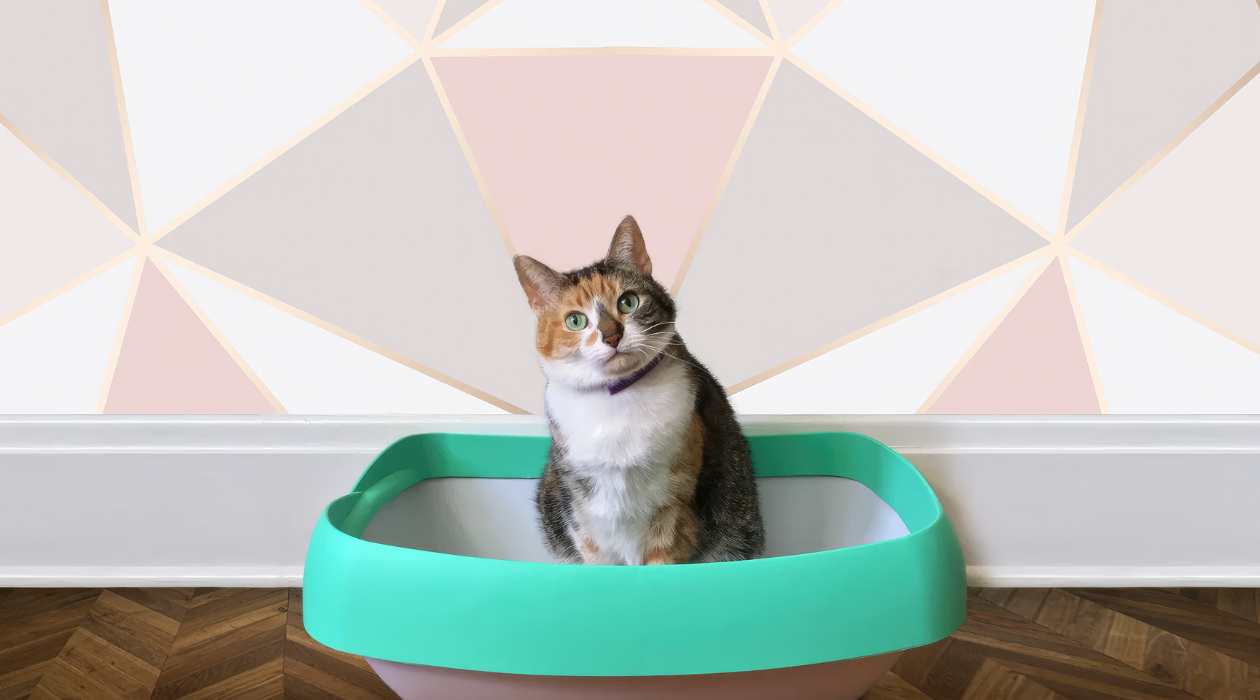
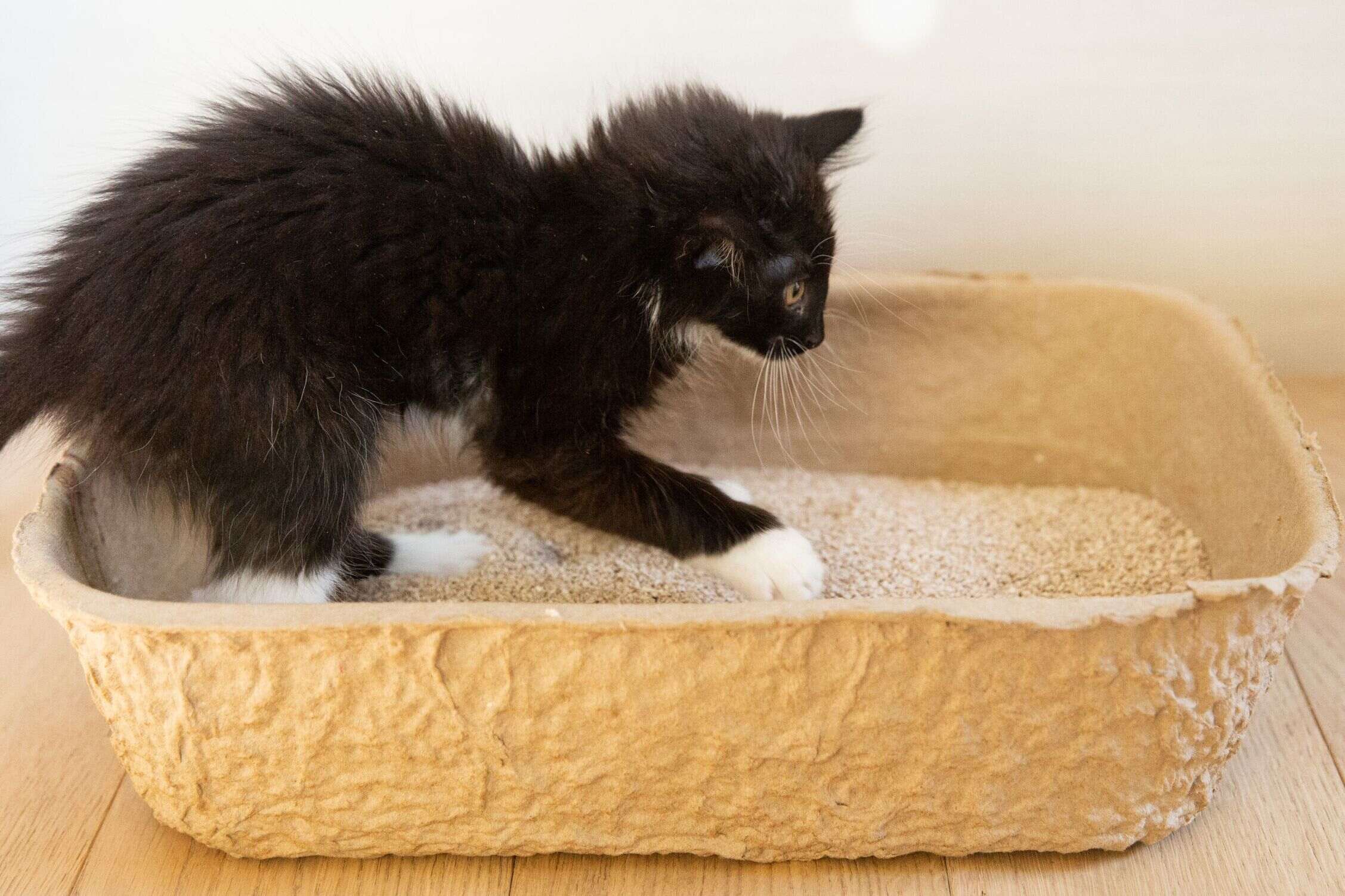
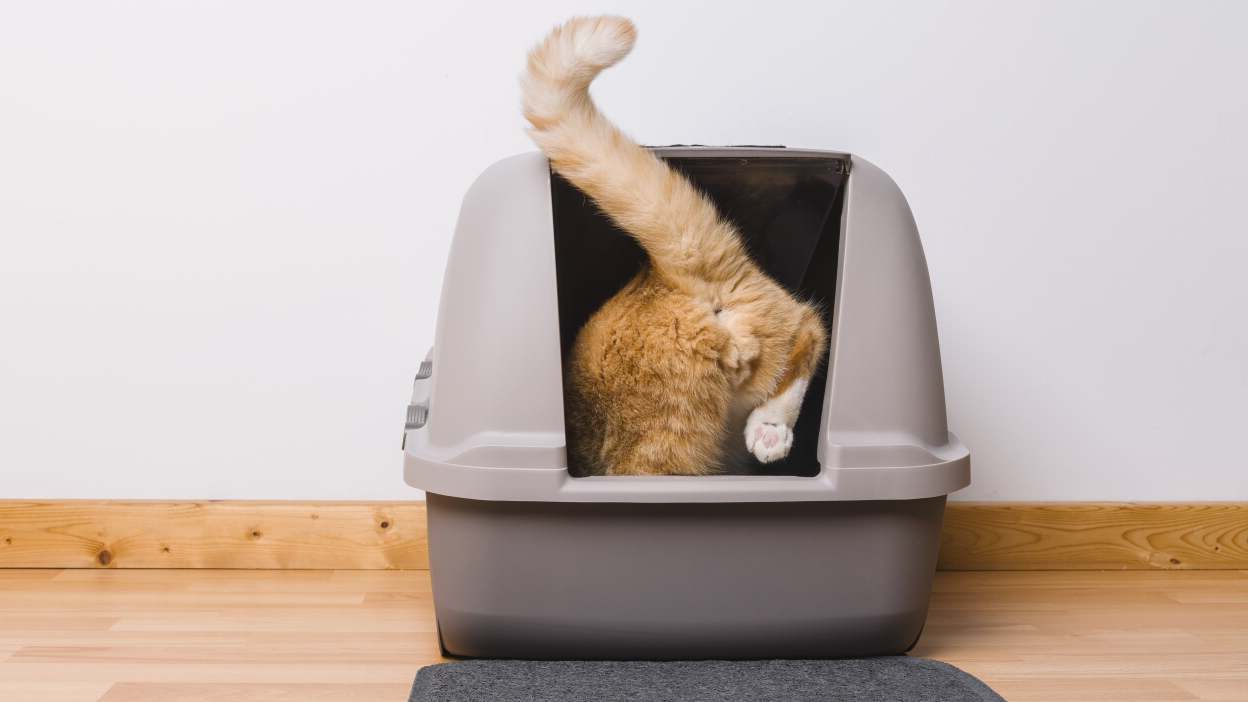
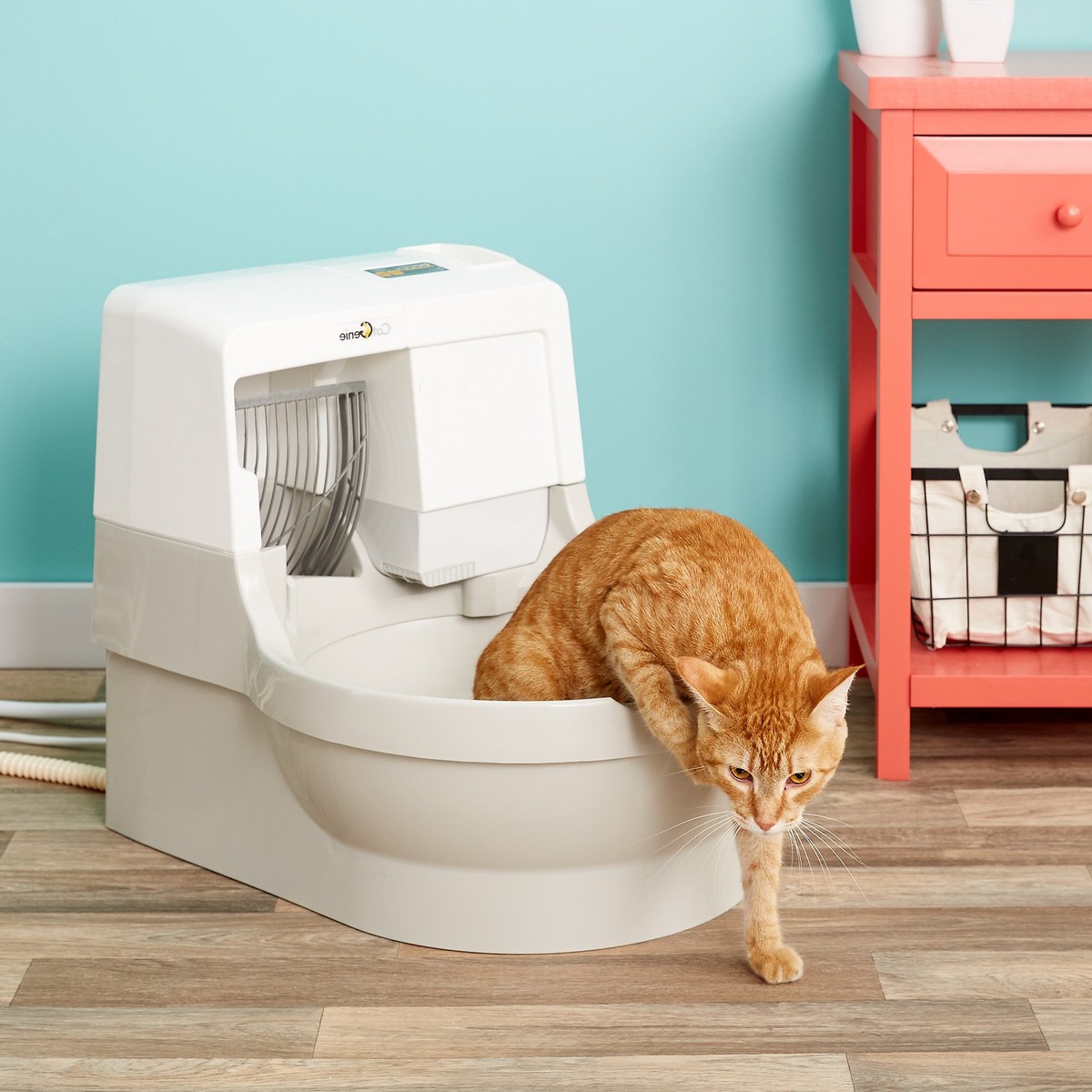
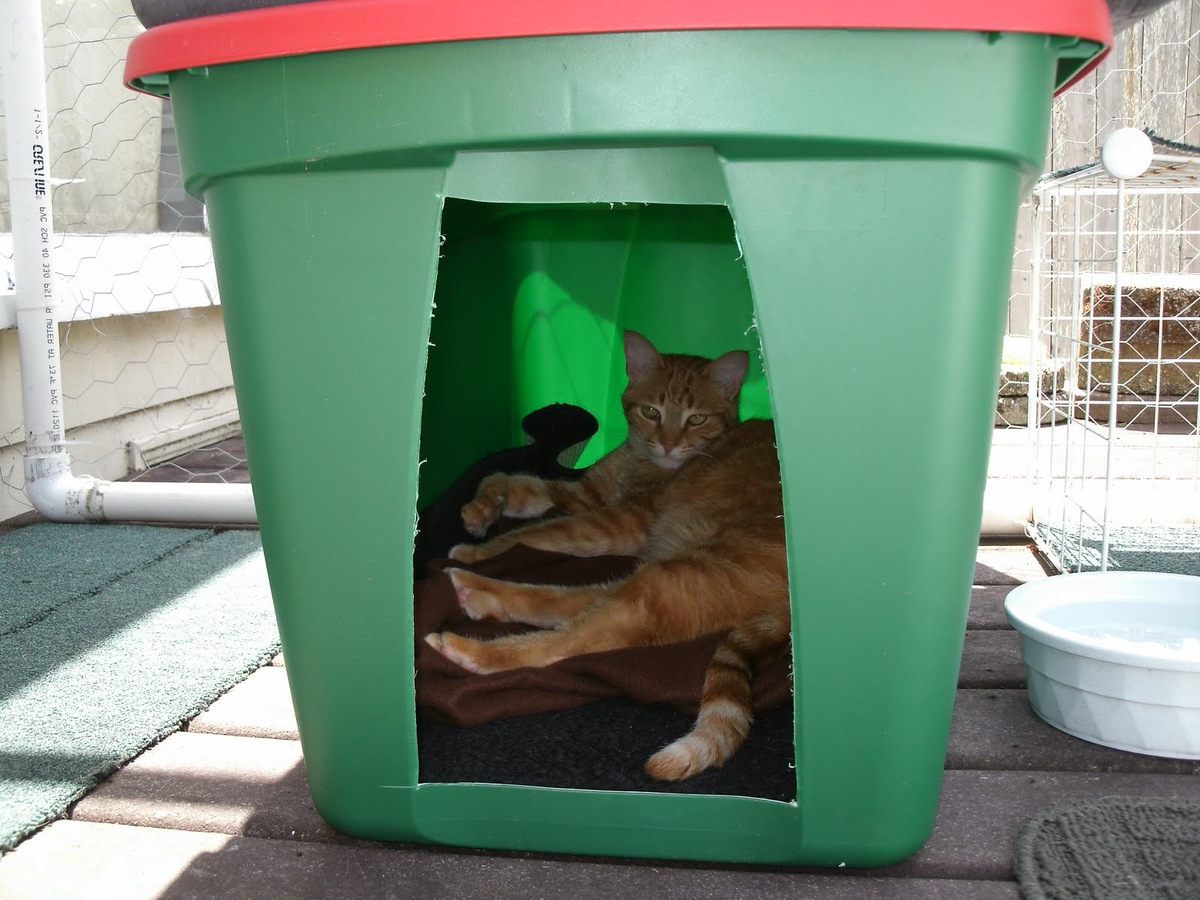
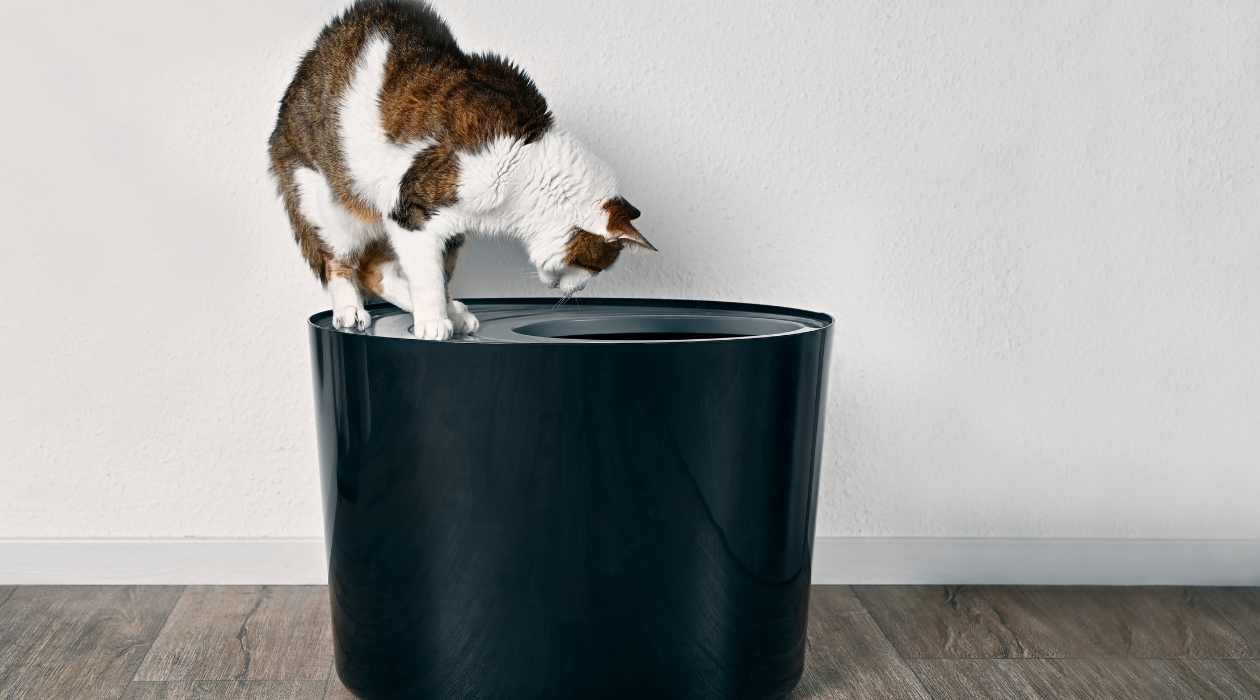
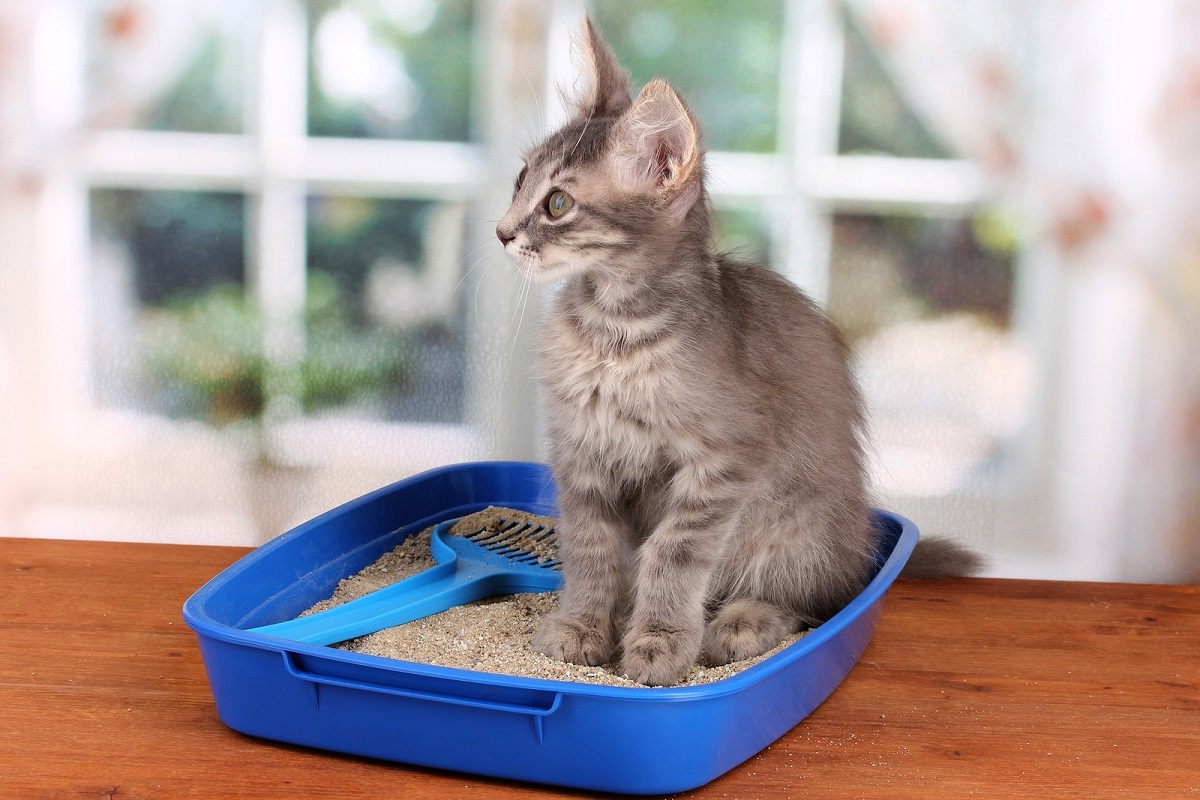
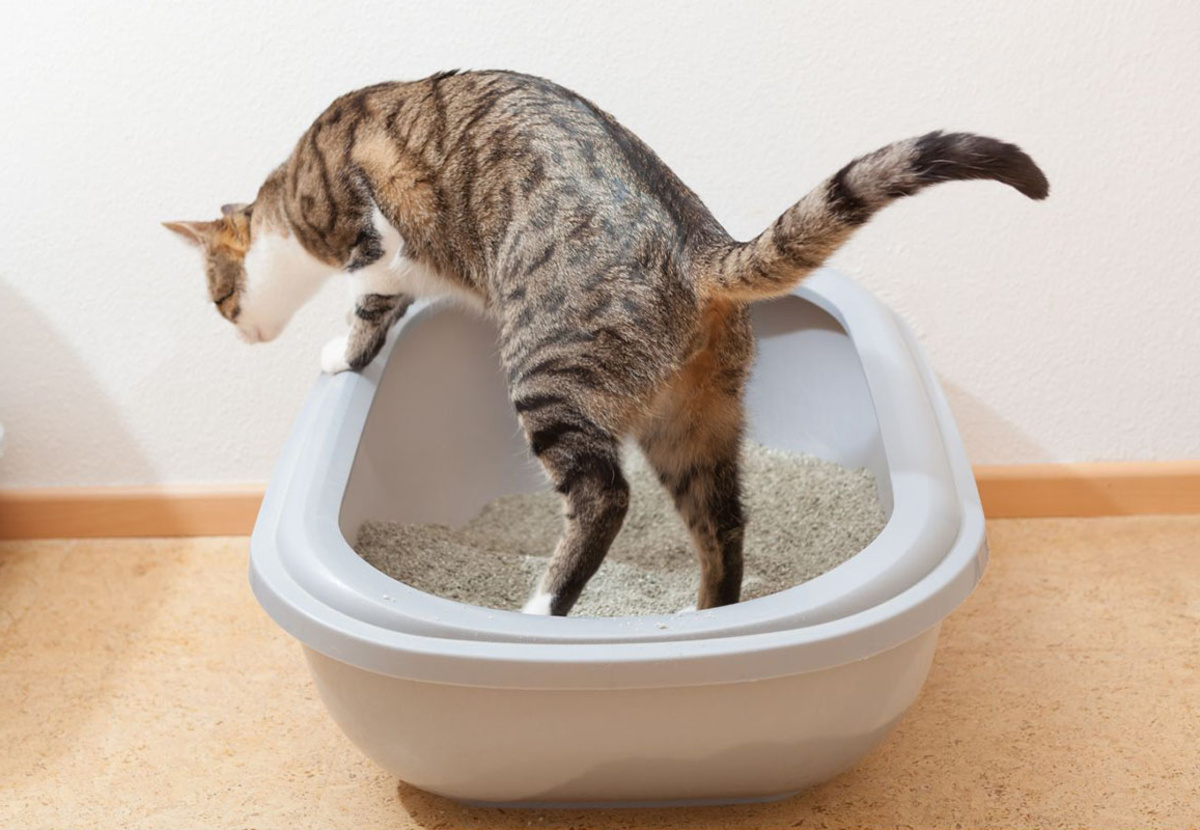
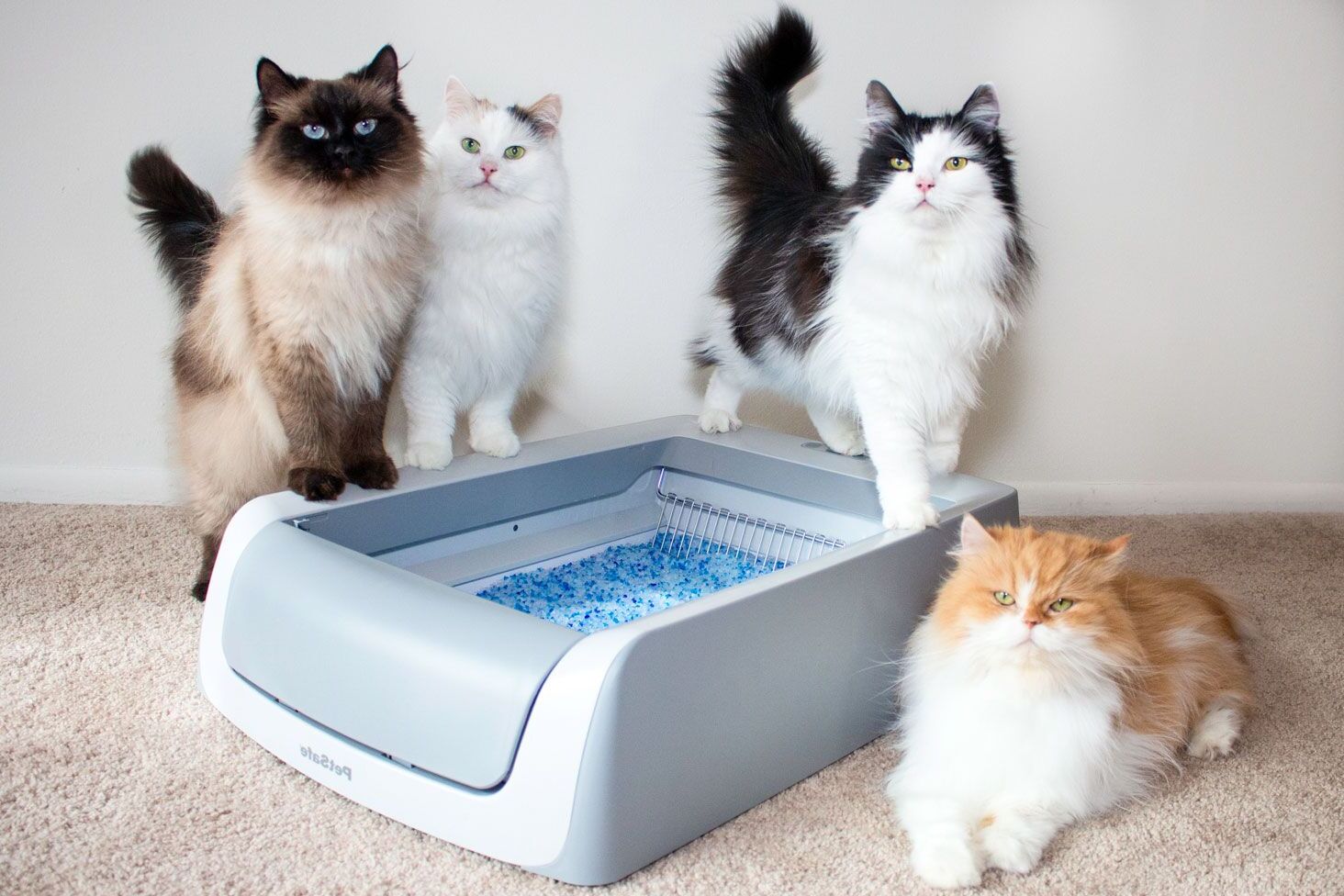
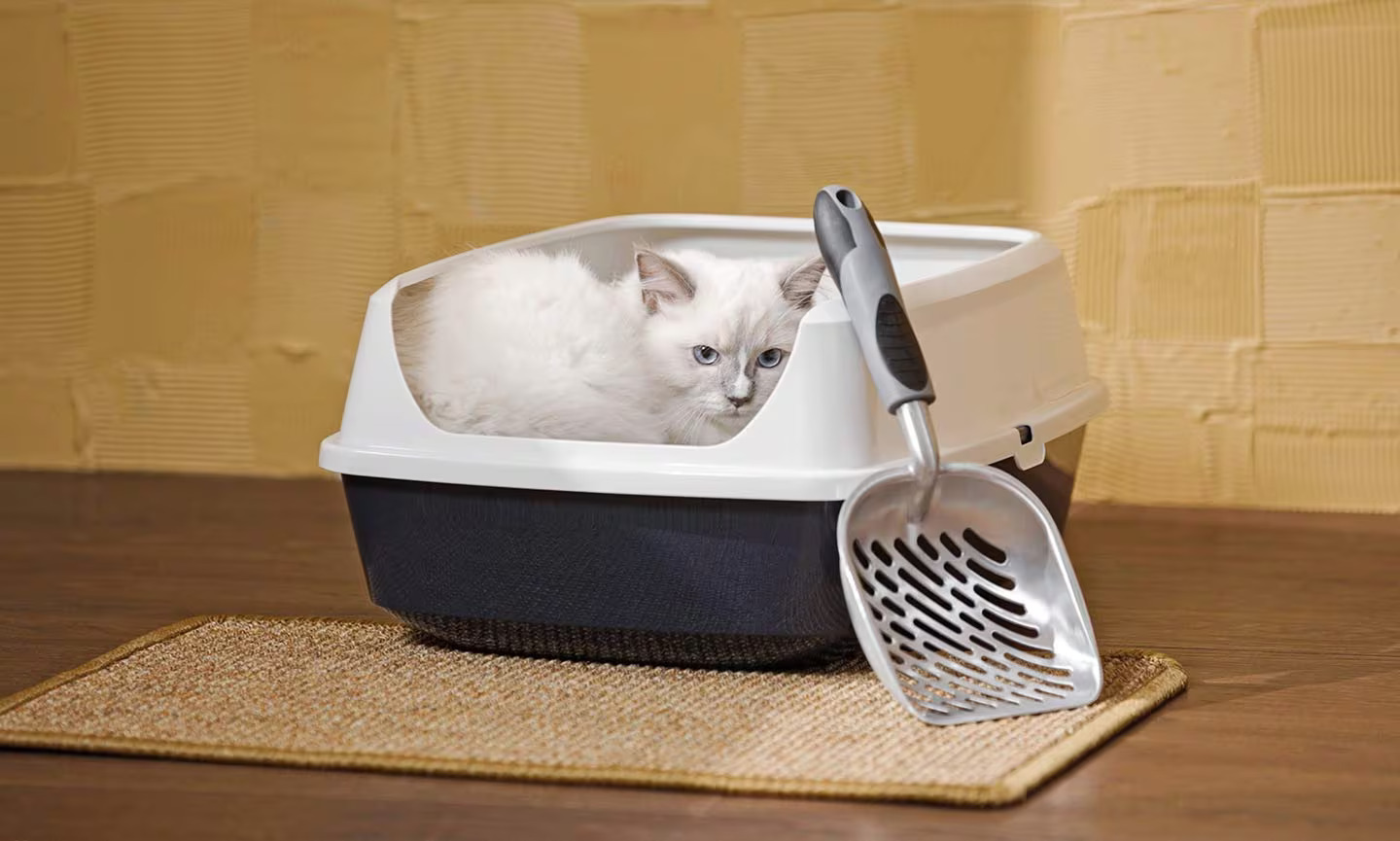
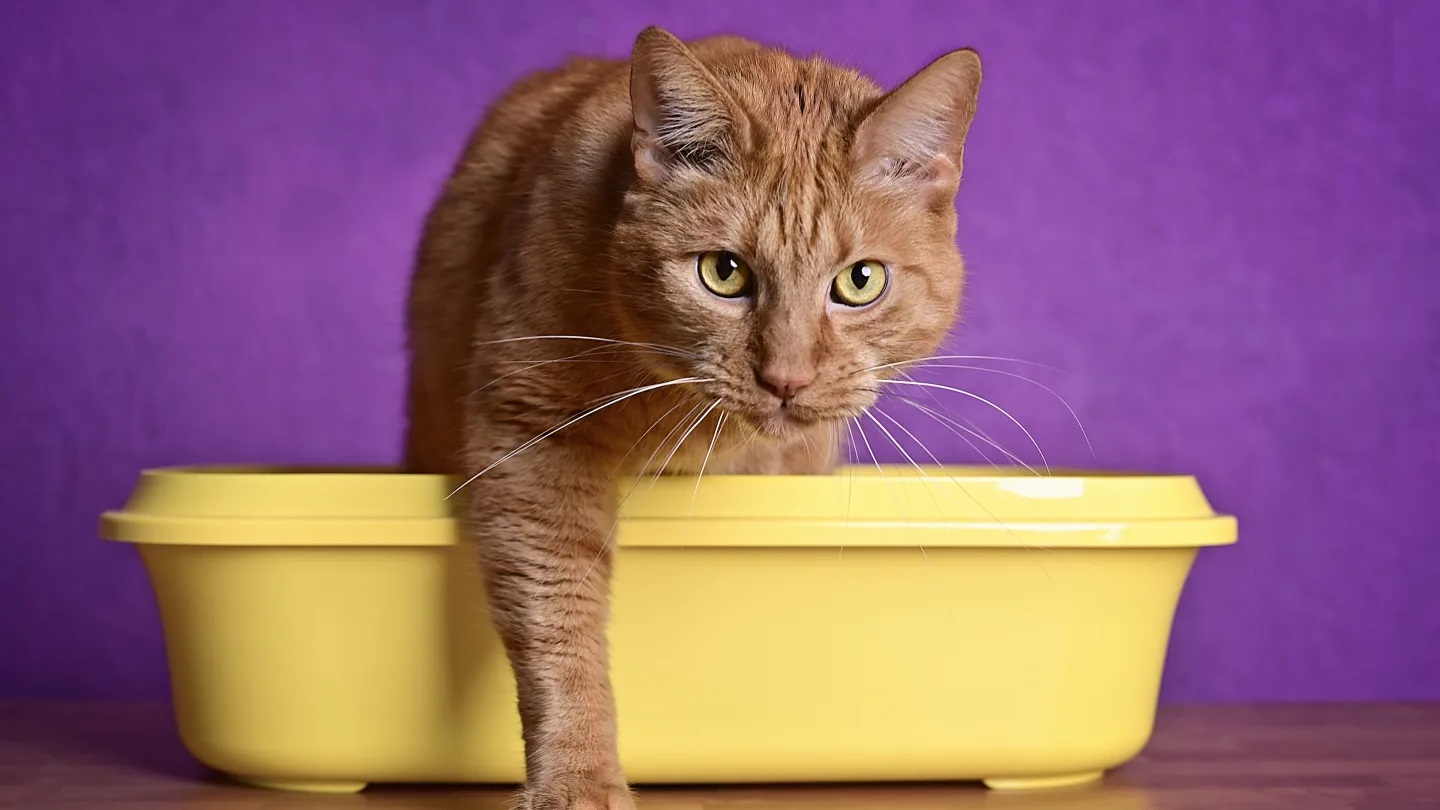
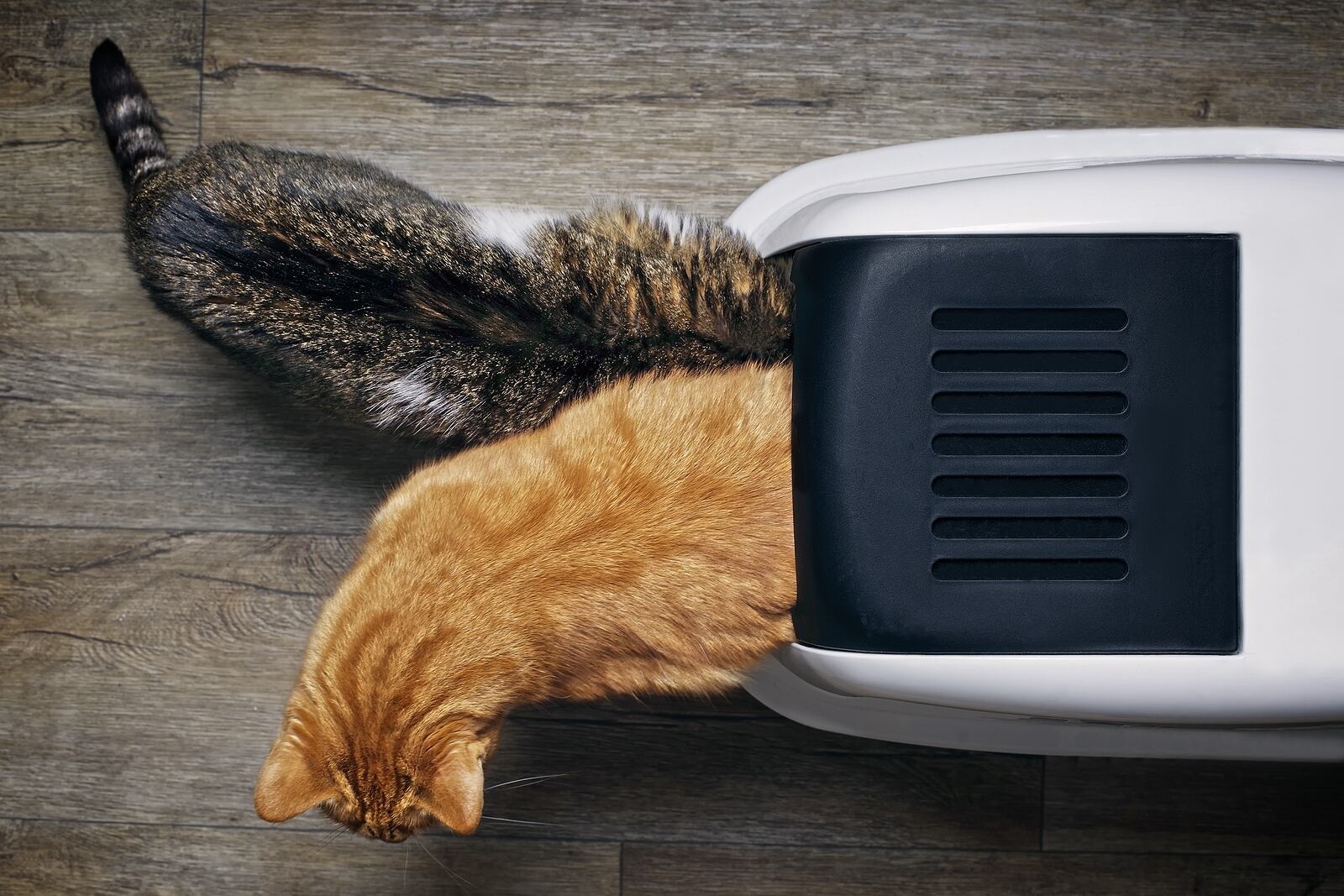
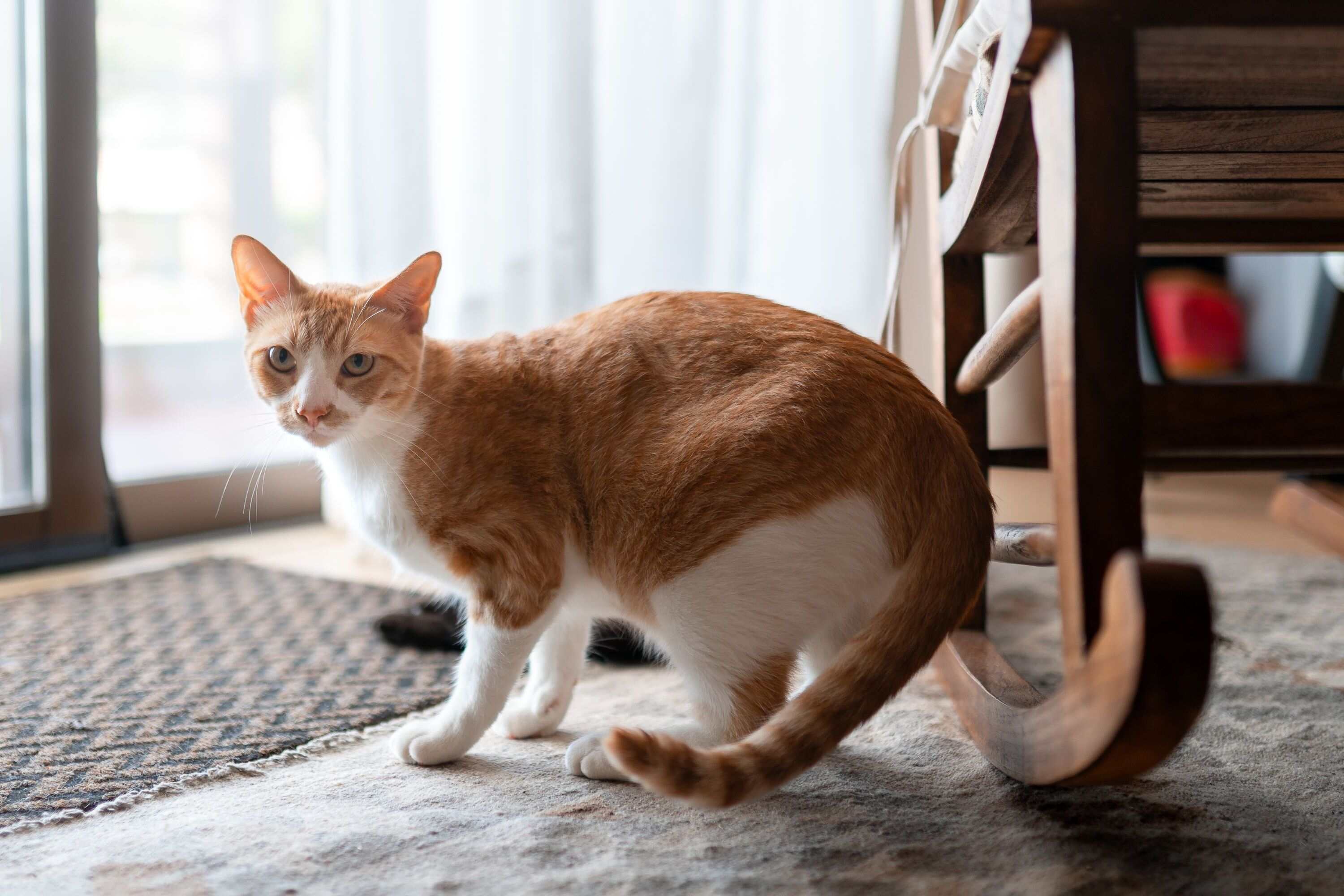
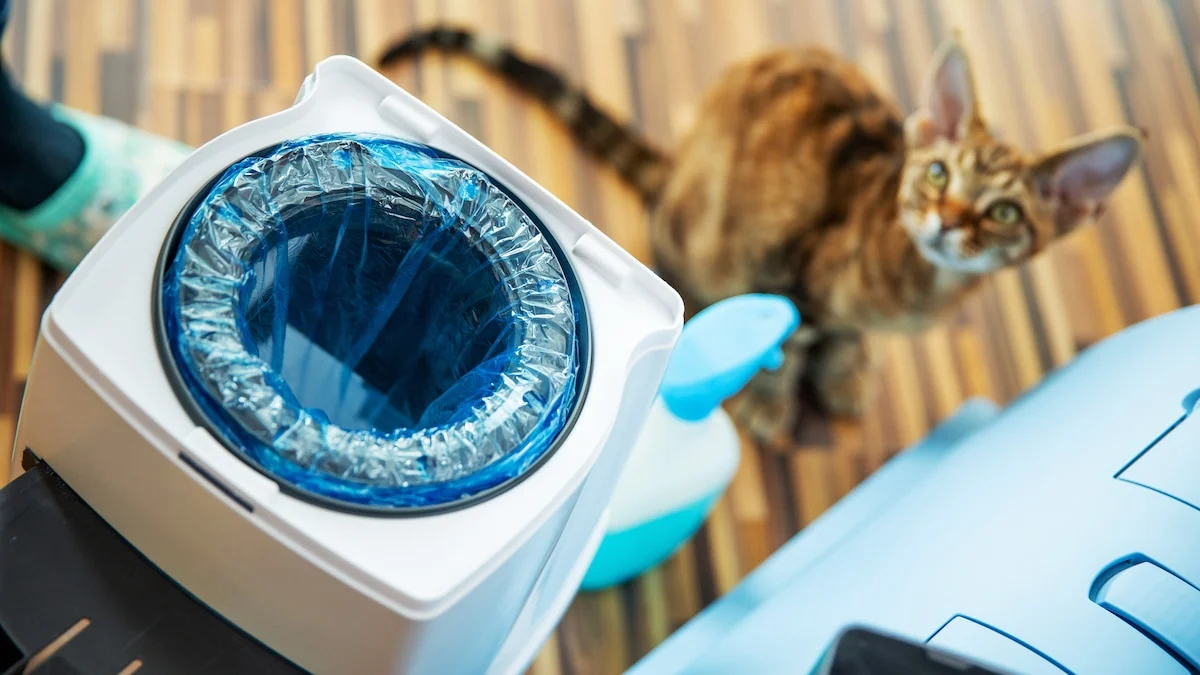

0 thoughts on “How To Get My Cat To Use A Litter Box”